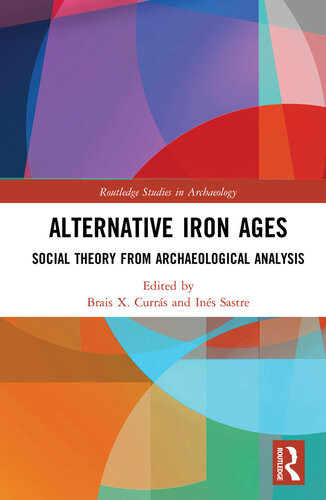

Most ebook files are in PDF format, so you can easily read them using various software such as Foxit Reader or directly on the Google Chrome browser.
Some ebook files are released by publishers in other formats such as .awz, .mobi, .epub, .fb2, etc. You may need to install specific software to read these formats on mobile/PC, such as Calibre.
Please read the tutorial at this link: https://ebookbell.com/faq
We offer FREE conversion to the popular formats you request; however, this may take some time. Therefore, right after payment, please email us, and we will try to provide the service as quickly as possible.
For some exceptional file formats or broken links (if any), please refrain from opening any disputes. Instead, email us first, and we will try to assist within a maximum of 6 hours.
EbookBell Team

5.0
90 reviewsAlternative Iron Ages examines Iron Age social formations that sit outside traditional paradigms, developing methods for archaeological characterisation of alternative models of society. In so doing it contributes to the debates concerning the construction and resistance of inequality taking place in archaeology, anthropology and sociology.
In recent years, Iron Age research on Western Europe has moved towards new forms of understanding social structures. Yet these alternative social organisations continue to be considered as basic human social formations, which frequently imply marginality and primitivism. In this context, the grand narrative of the European Iron Age continues to be defined by cultural foci, which hide the great regional variety in an artificially homogenous area. This book challenges the traditional classical evolutionist narratives by exploring concepts such as non-triangular societies, heterarchy and segmentarity across regional case studies to test and propose alternative social models for Iron Age social formations.
Constructing new social theory both archaeologically based and supported by sociological and anthropological theory, the book is perfect for those looking to examine and understand life in the European Iron Age.